“Bamboo Grass” is a term that can refer to various bamboo species, as bamboo is a type of grass. However, I’ll provide a detailed description of bamboo in general:
Bamboo is a large, fast-growing perennial grass that belongs to the Poaceae family. It is renowned for its strength, versatility, and eco-friendliness. There are over 1,500 bamboo species, found in diverse climates worldwide. Some common features include:
1. Growth Habit: Bamboo exhibits a distinctive rhizomatous growth pattern, forming clumps or dense stands known as “groves.” These groves can rapidly expand and cover vast areas.
2. Height: Bamboo plants vary greatly in size, with some dwarf species reaching only a few feet tall, while others, such as giant bamboo, can tower up to 100 feet or more.
3. Culms: Bamboo’s stems, known as culms, are segmented and hollow. They emerge from the ground and grow upwards, typically with a smooth, round profile.
4. Leaves: Bamboo leaves are typically elongated and narrow, tapering to a point. They may be green or have variegated patterns, depending on the species.
5. Nodes: The nodes on bamboo culms are slightly raised and often serve as the point of attachment for branches or leaves.
6. Reproduction: Bamboo can reproduce both sexually and vegetatively. Some species produce seeds after long periods (up to 120 years), while others rely primarily on vegetative propagation through their rhizomes.
Types of Bamboo:
– Running Bamboo: These species have aggressive rhizomes that can spread rapidly, making them potentially invasive if not contained properly.
– Clumping Bamboo: Clumping varieties expand at a slower rate and tend to form dense clumps, making them easier to control in landscaping.
Uses:
Bamboo has an extensive range of practical and cultural uses, making it one of the most valuable and sustainable plants:
1. Construction: Bamboo is renowned for its exceptional strength-to-weight ratio, making it ideal for building materials, including flooring, furniture, and even scaffolding.
2. Culinary: Young bamboo shoots are edible and used in various cuisines, especially in Asian dishes.
3. Textiles: Bamboo fibers are used to create soft and breathable fabrics, such as bamboo viscose, which is popular in clothing and beddings.
4. Landscaping: Bamboo can be used decoratively as ornamental plants, providing privacy screens, hedges, and visual accents in gardens.
5. Environmental Benefits: Bamboo plays a crucial role in carbon sequestration and soil erosion control. Its fast growth and dense root system make it effective in stabilizing hillsides and preventing soil erosion.
Cultural Significance:
Bamboo holds cultural significance in many countries, symbolizing resilience, flexibility, and longevity. It has been used in traditional crafts, art, and rituals for centuries.
Note: Due to its rapid growth and spreading nature, some bamboo species may become invasive and need careful management to prevent them from overtaking natural habitats. It’s essential to choose non-invasive bamboo varieties and manage their growth to avoid potential issues.

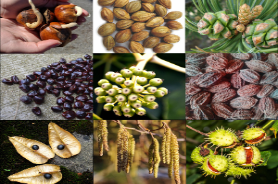

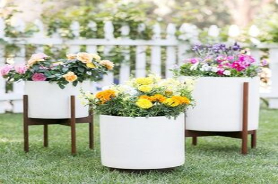



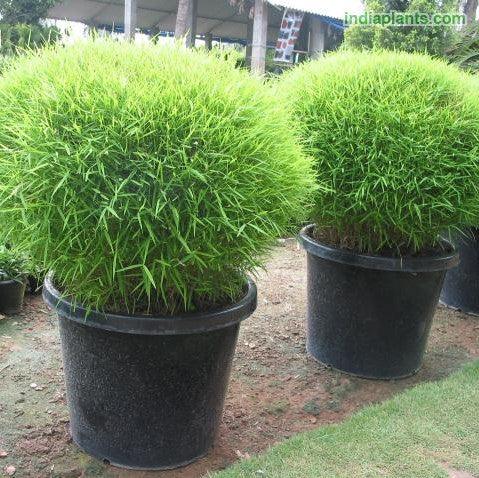
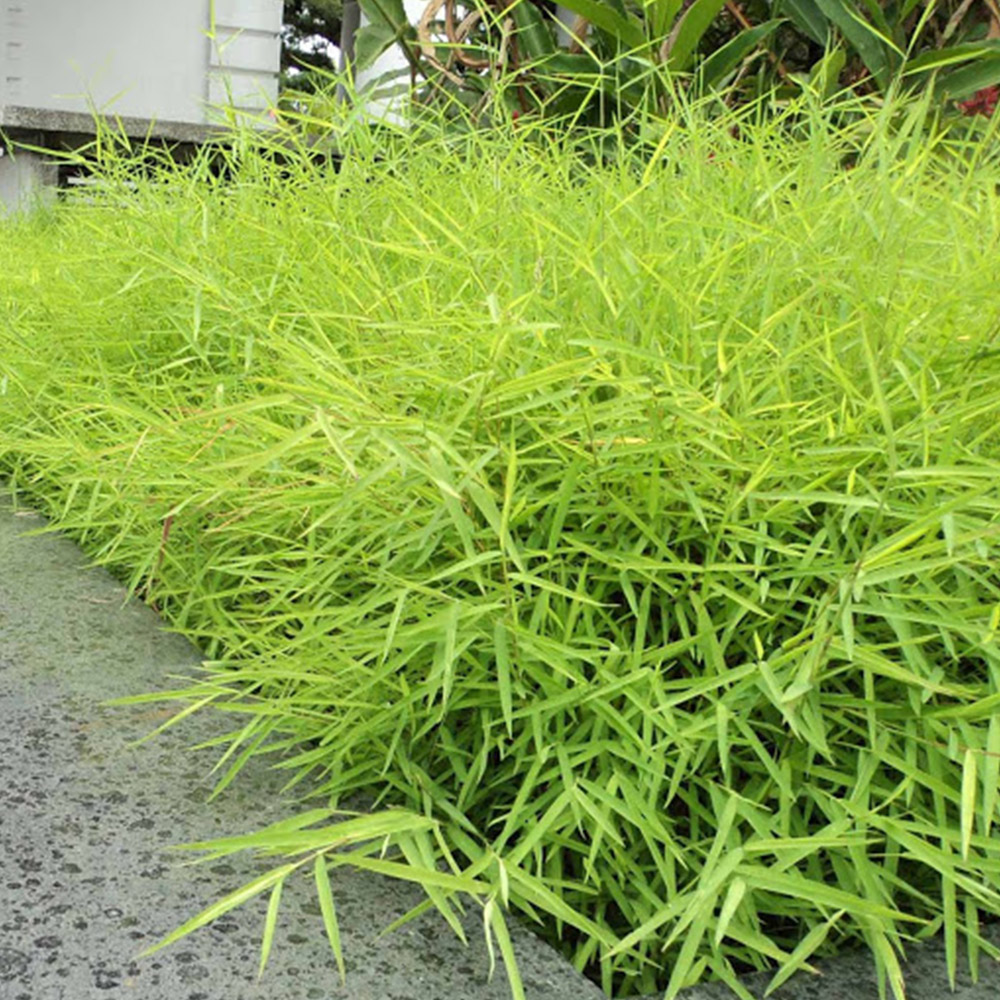
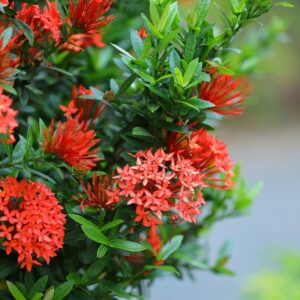

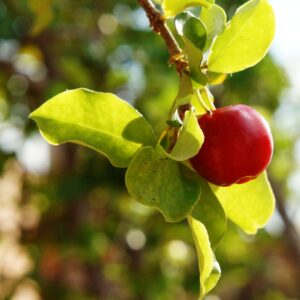
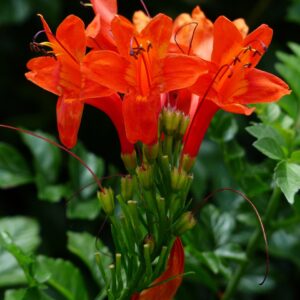
Reviews
There are no reviews yet.